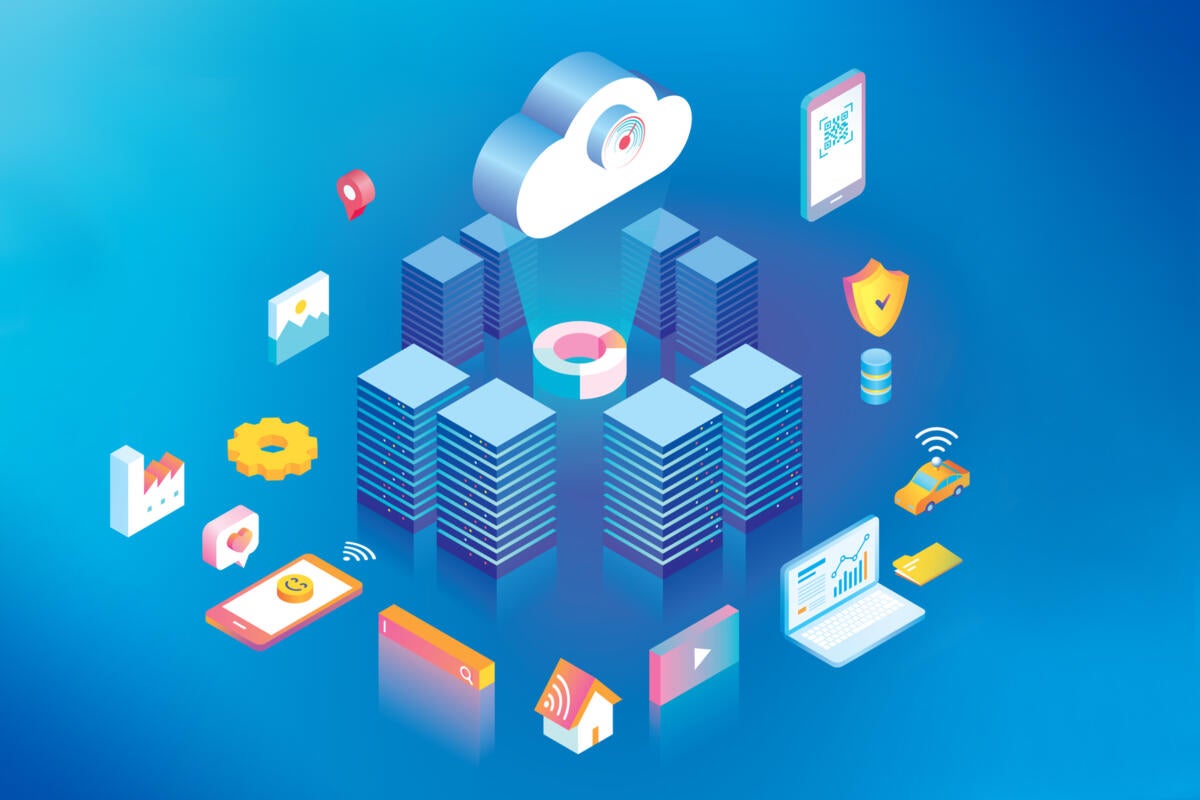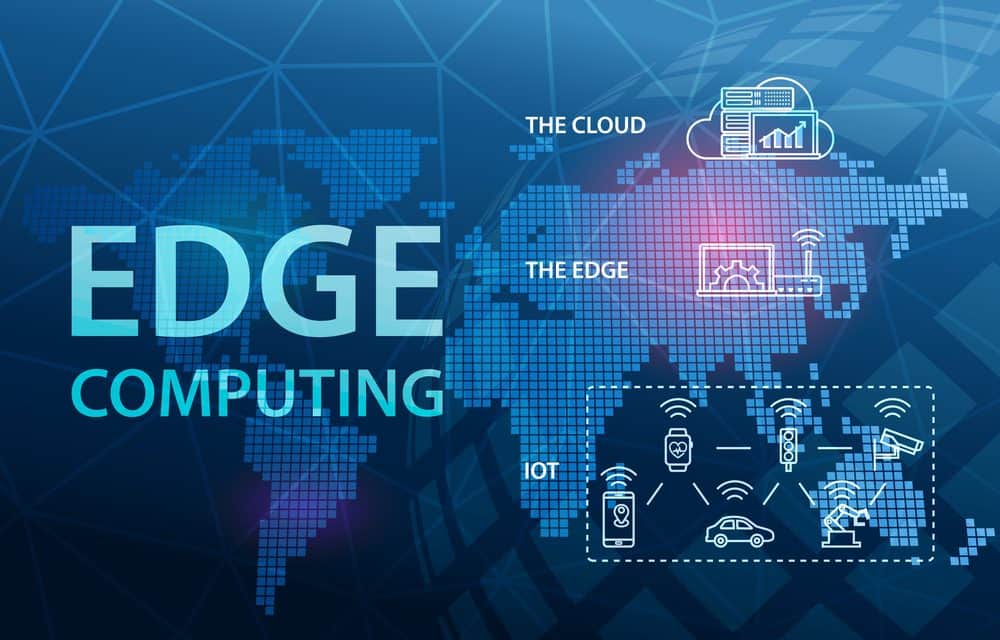edge computing events

Edge computing is becoming more and more prevalent in today’s connected world. With the advent of new technologies such as 5G, the potential for edge computing to become even more accessible is on the rise. In this post, we’ll explore how edge computing can benefit businesses and how 5G may accelerate the adoption of edge computing. Additionally, we’ll take a closer look at some real-world use cases for edge computing and how it’s being used today.
Edge Computing as a Service
One of the biggest challenges facing businesses today is the need for instant access to data. Consumers and businesses alike demand instant gratification when it comes to accessing information, and edge computing can help with this demand. Edge computing brings the power of a data center closer to the end user, reducing the latency involved with accessing data.
One potential application of edge computing is in the form of edge computing as a service. Edge computing as a service would allow businesses to access the benefits of edge computing without having to build their own infrastructure. This would lower the barrier to entry for businesses looking to take advantage of edge computing.
Benefits of Edge Computing
There are several benefits to implementing edge computing within a business. One of the most significant benefits is the reduction in latency. By bringing the data center closer to the end user, latency is reduced, allowing for faster access to data. This is especially important for applications that require real-time data, such as Internet of Things (IoT) devices.
Another benefit of edge computing is improved security. By keeping sensitive data closer to the source, businesses can reduce the chance of a security breach. Additionally, edge computing can help businesses comply with privacy regulations.
Edge computing can also help businesses save on costs. By processing data locally, businesses can reduce the amount of data that needs to be transferred to a central data center. This translates to lower bandwidth costs and lower storage costs.
Real-World Use Cases
One real-world use case for edge computing is in the realm of autonomous vehicles. Autonomous vehicles require real-time access to data to operate safely, such as data on traffic patterns, weather conditions, and road conditions. By implementing edge computing, autonomous vehicles can access this data quickly and efficiently, reducing the risk of accidents.
Another use case for edge computing is in the healthcare industry. With the rise of telemedicine, healthcare providers need instant access to patient data. By implementing edge computing, healthcare providers can access patient data in real-time, improving the quality of care.
Conclusion
Edge computing has the potential to revolutionize the way we access and process data. With reduced latency, improved security, and cost savings, businesses stand to benefit from implementing edge computing into their operations. Additionally, with the advent of 5G, the potential for edge computing to become even more accessible is on the rise. As technology continues to evolve, it’s important for businesses to keep up with the latest trends and explore new ways to improve their operations.

Abstract: In this post, we explore the benefits of edge computing for businesses, including reduced latency, improved security, and cost savings, and how 5G may accelerate the adoption of edge computing in the future. We also discuss real-world applications for edge computing, such as autonomous vehicles and telemedicine.
Introduction: Edge computing is becoming more prevalent in today’s world, and businesses are starting to explore the benefits of this technology. With 5G on the rise, the potential for edge computing to become even more accessible is increasing. In this post, we’ll discuss the benefits of edge computing, real-world applications, and how businesses can take advantage of this technology.
Conclusion: As technology continues to evolve, businesses must keep up with the latest trends and explore new ways to improve their operations. Edge computing has the potential to revolutionize the way we process and access data, and with the advent of 5G, the potential for edge computing to become even more accessible is on the rise.
/https://specials-images.forbesimg.com/dam/imageserve/1193676998/0x0.jpg?fit=scale)
Introduction: Edge computing is becoming more prevalent in today’s world, and businesses are starting to explore the benefits of this technology. With 5G on the rise, the potential for edge computing to become even more accessible is increasing. In this post, we’ll discuss the benefits of edge computing, real-world applications, and how businesses can take advantage of this technology.
Real-World Use Cases: Autonomous vehicles require real-time access to data to operate safely, such as data on traffic patterns, weather conditions, and road conditions. By implementing edge computing, autonomous vehicles can access this data quickly and efficiently, reducing the risk of accidents. Healthcare providers need instant access to patient data. By implementing edge computing, healthcare providers can access patient data in real-time, improving the quality of care.
Conclusion: As technology continues to evolve, businesses must keep up with the latest trends and explore new ways to improve their operations. Edge computing has the potential to revolutionize the way we process and access data, and with the advent of 5G, the potential for edge computing to become even more accessible is on the rise.
/https:%2F%2Fspecials-images.forbesimg.com%2Fdam%2Fimageserve%2F1193676998%2F0x0.jpg%3Ffit%3Dscale)
Source image : www.forbes.com

Source image : www.idginsiderpro.com

Source image : www.rtinsights.com


